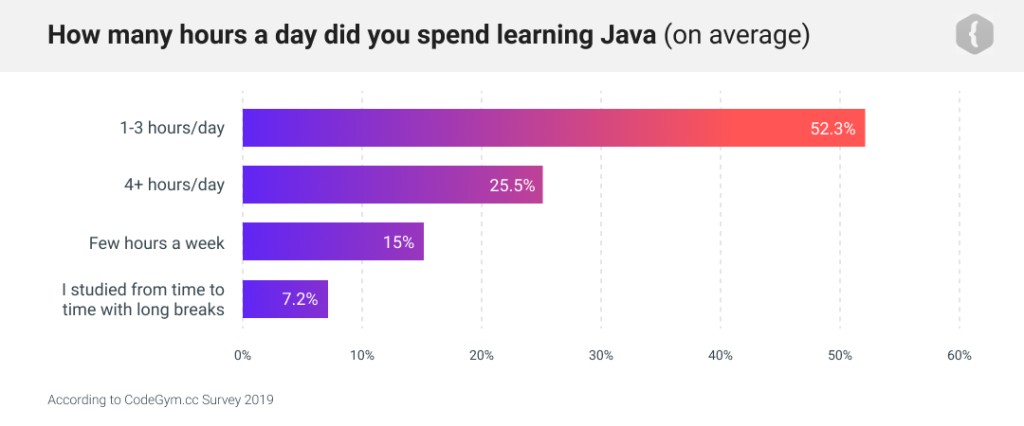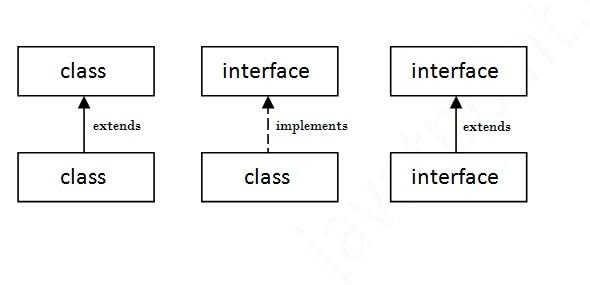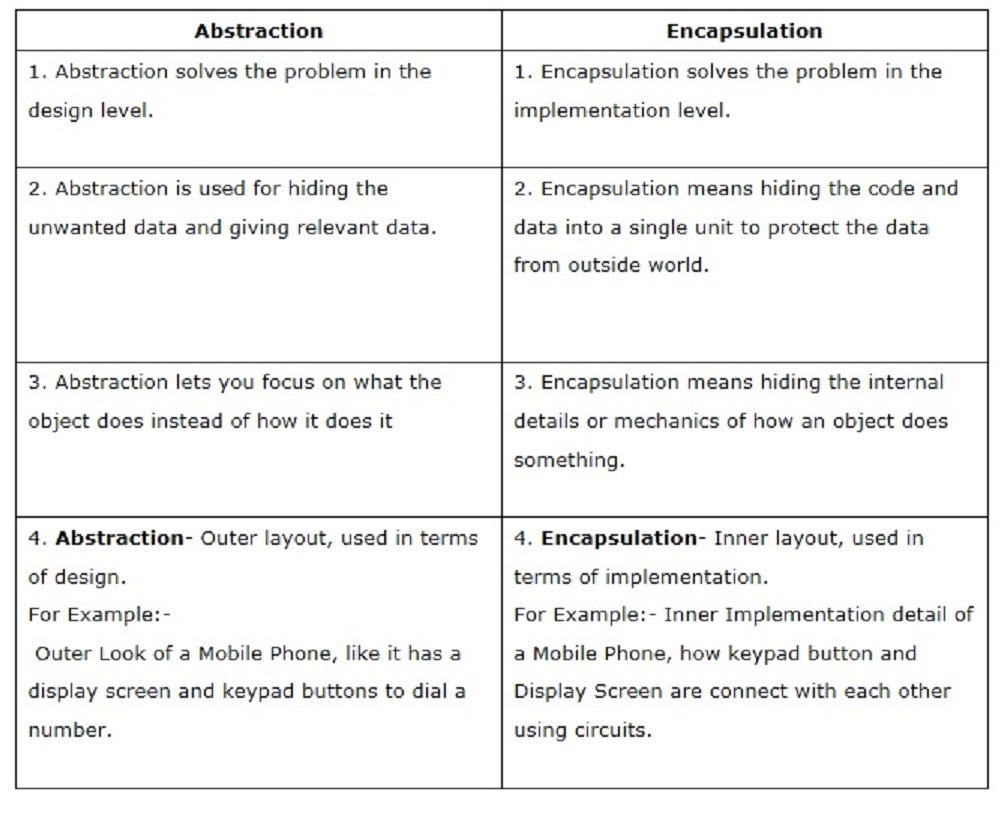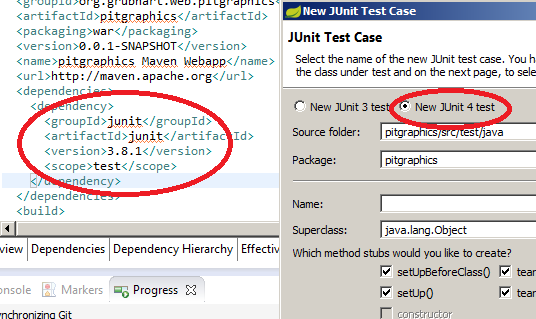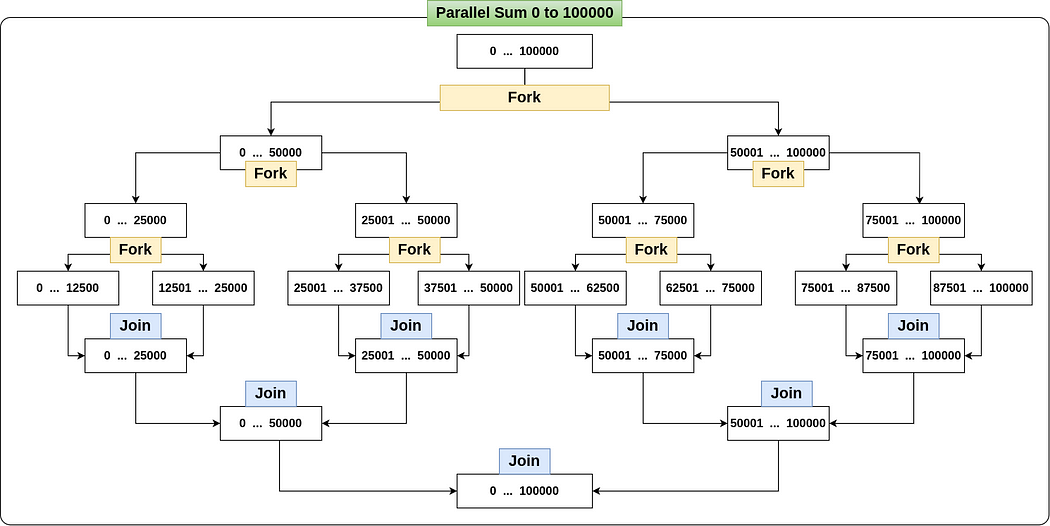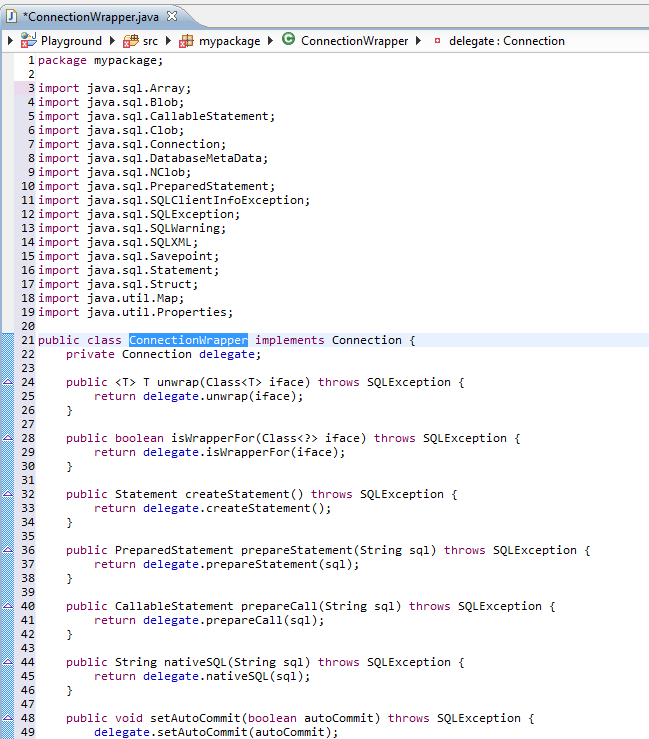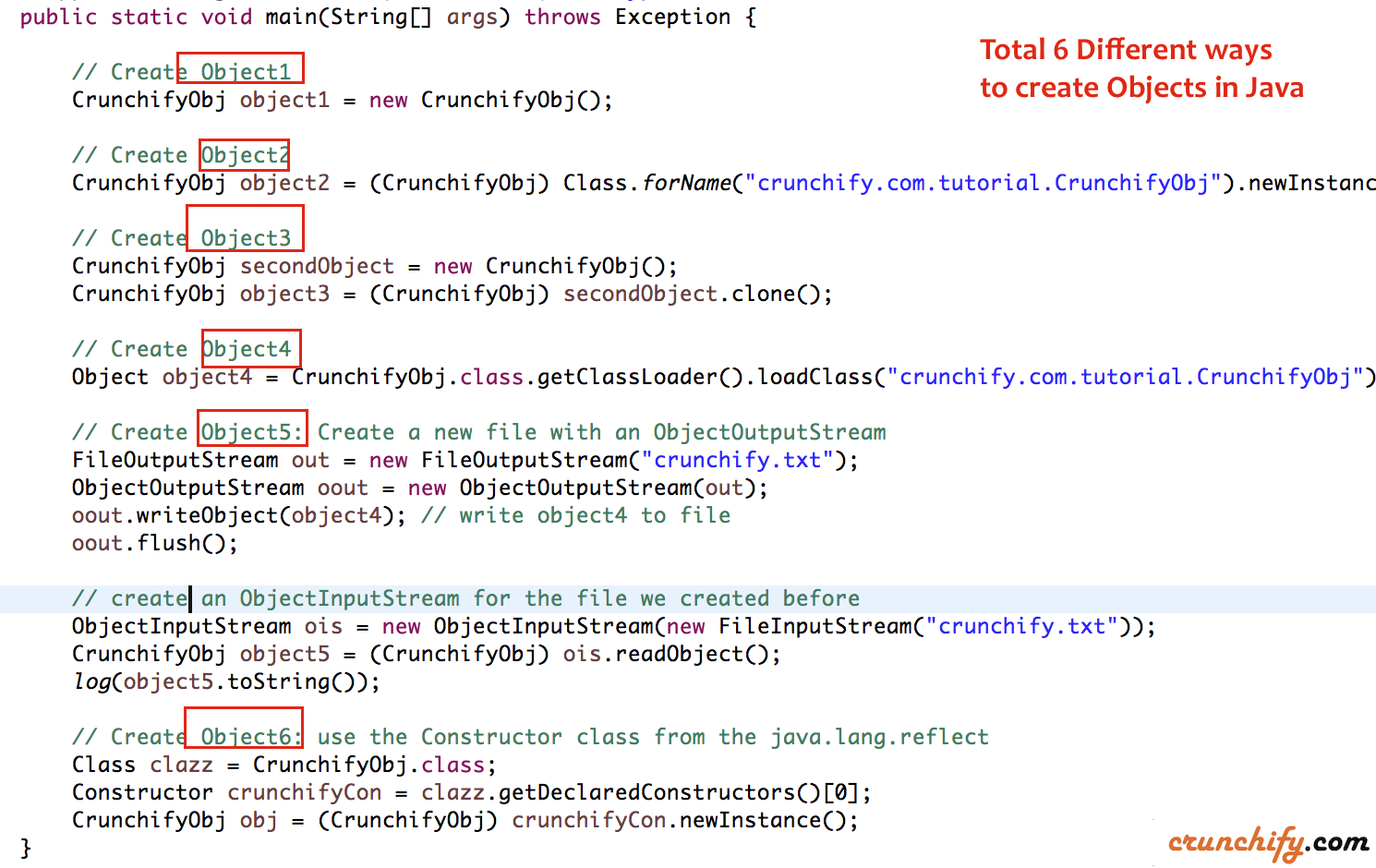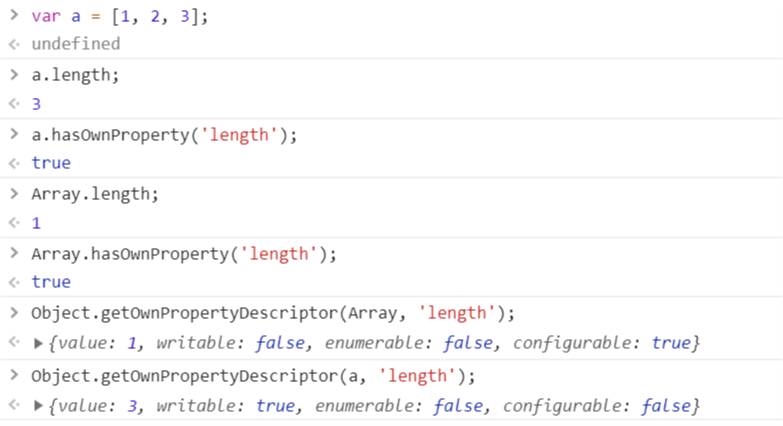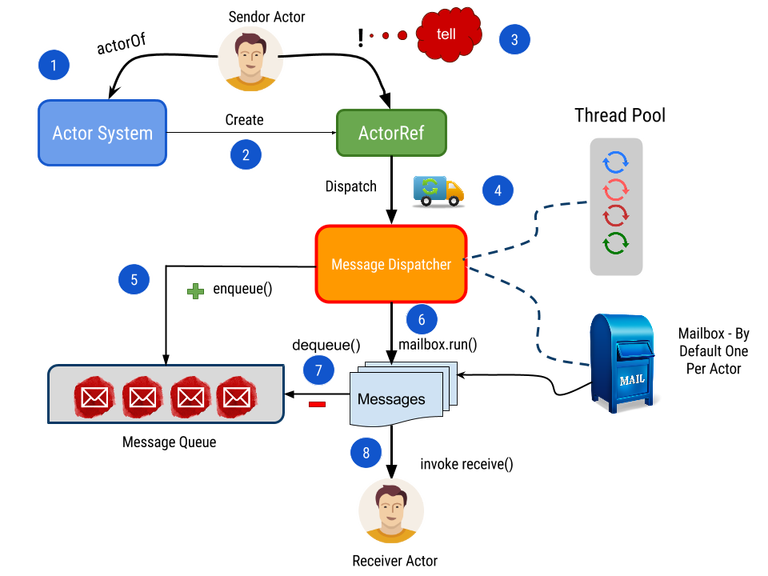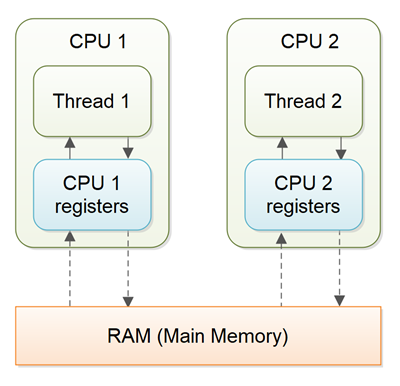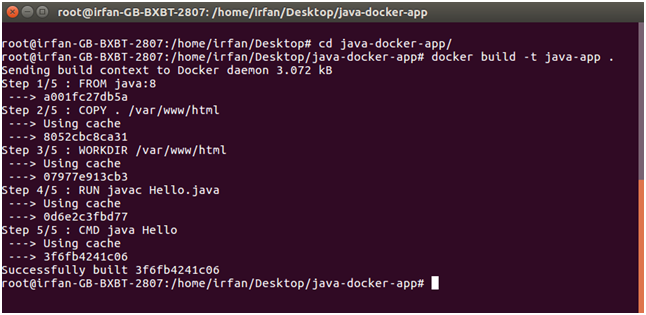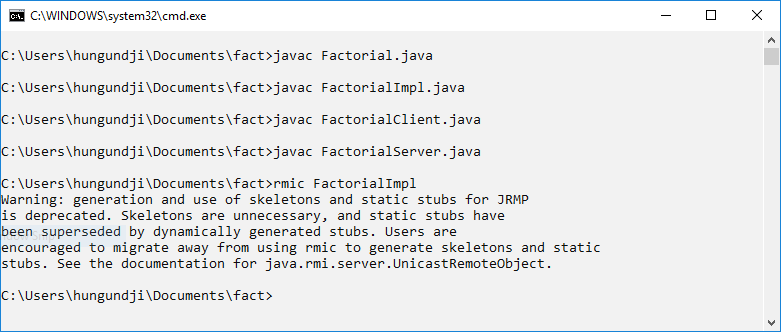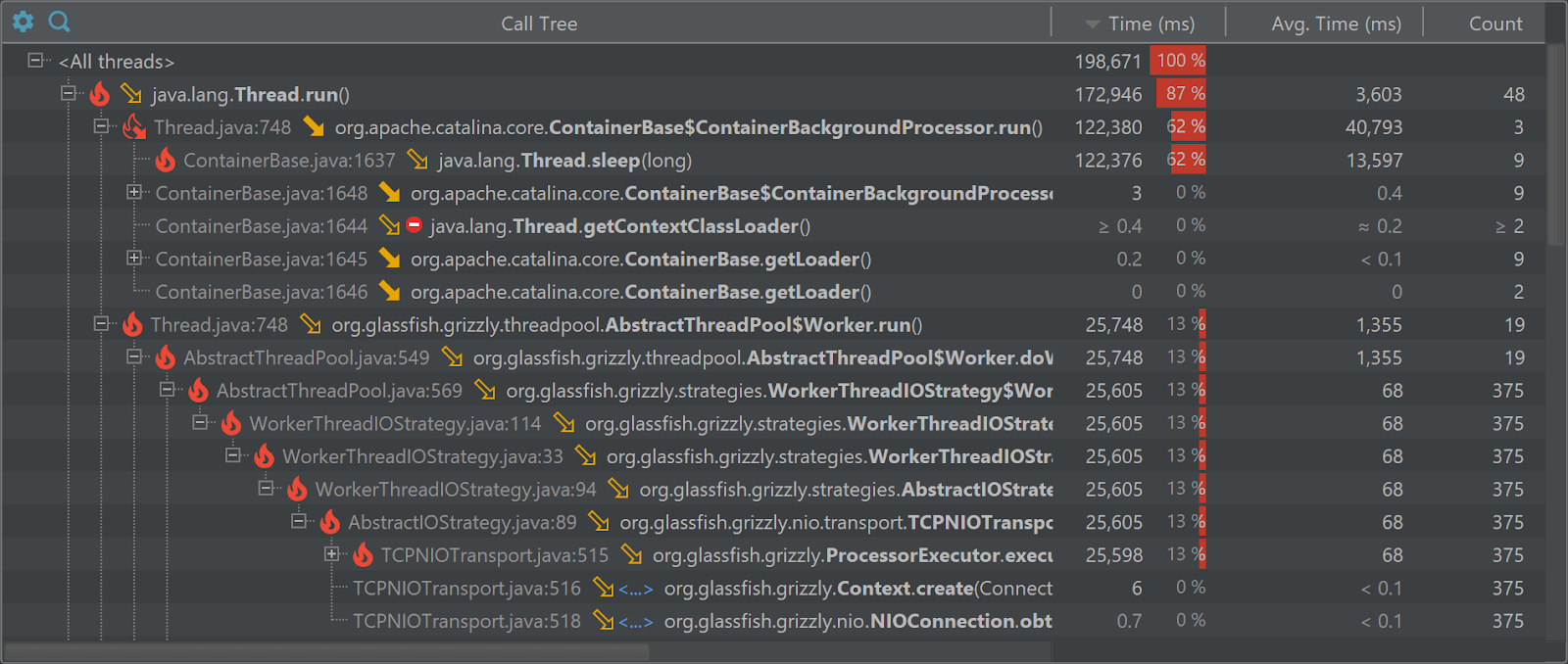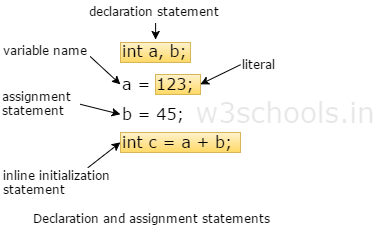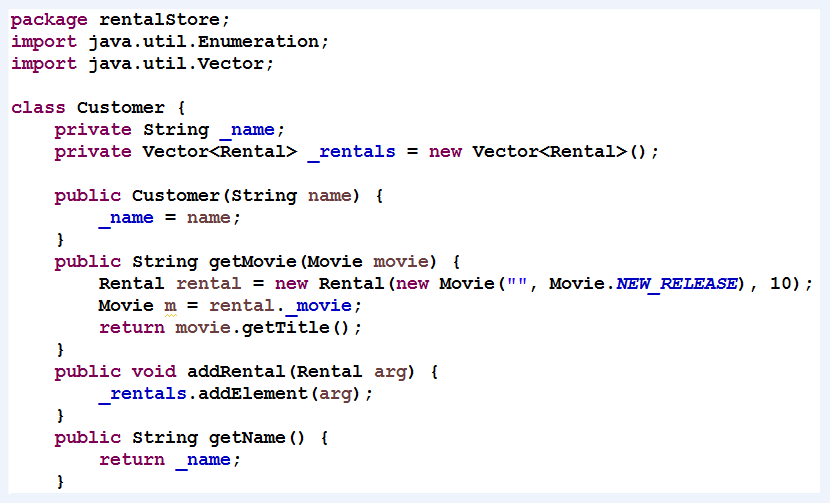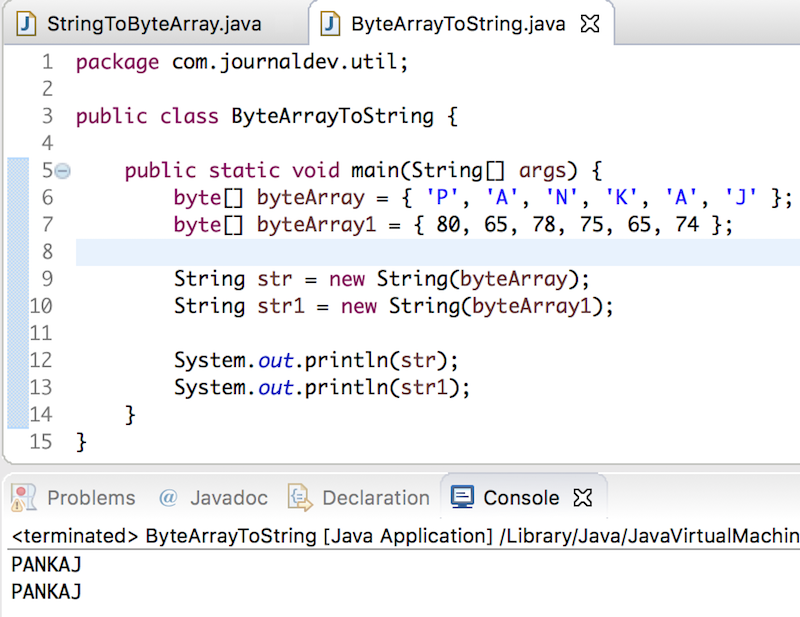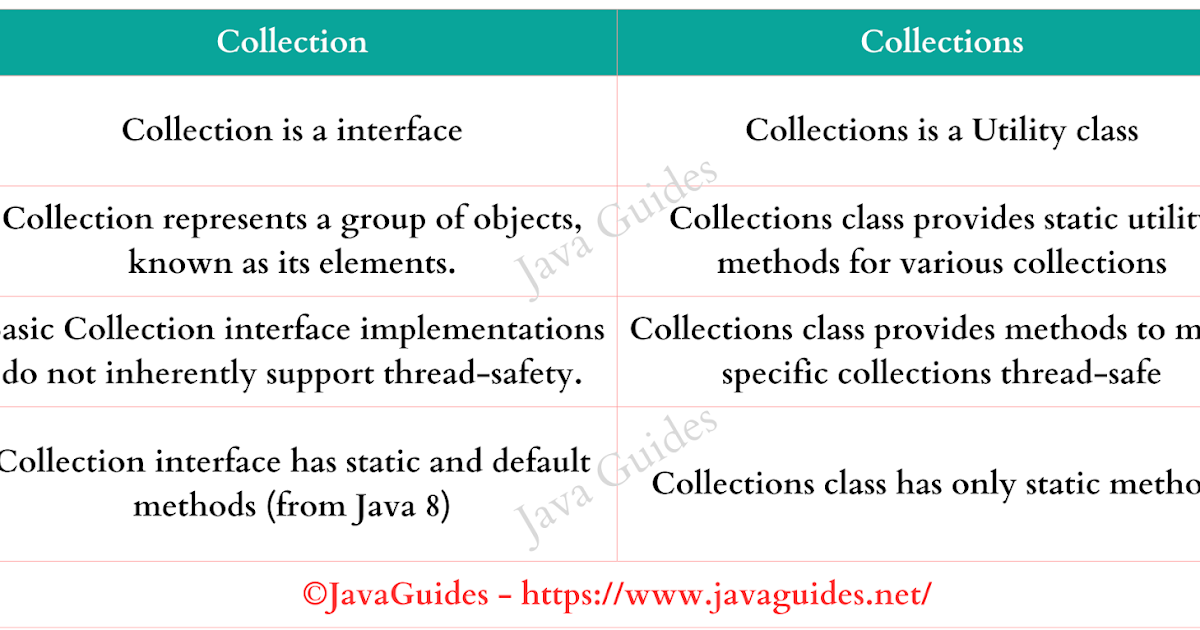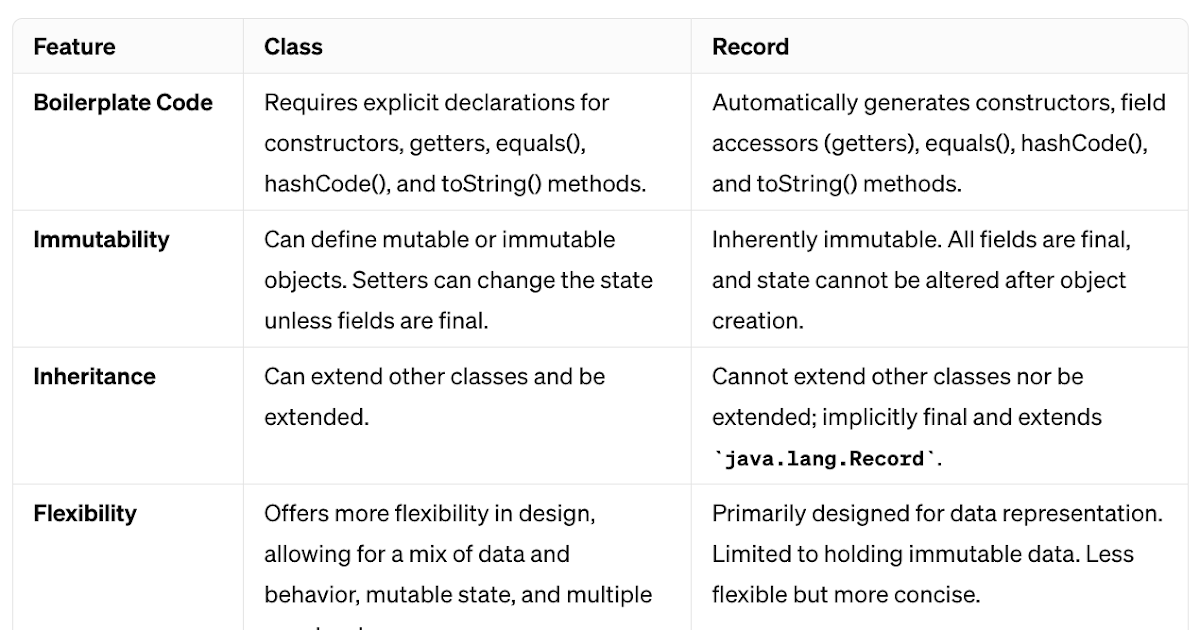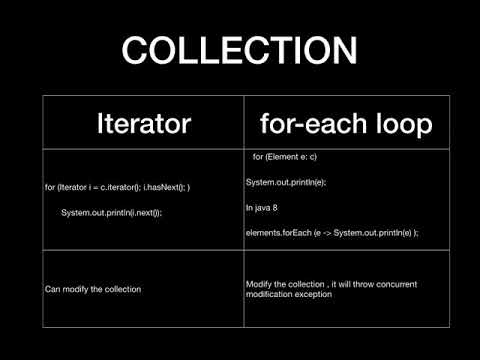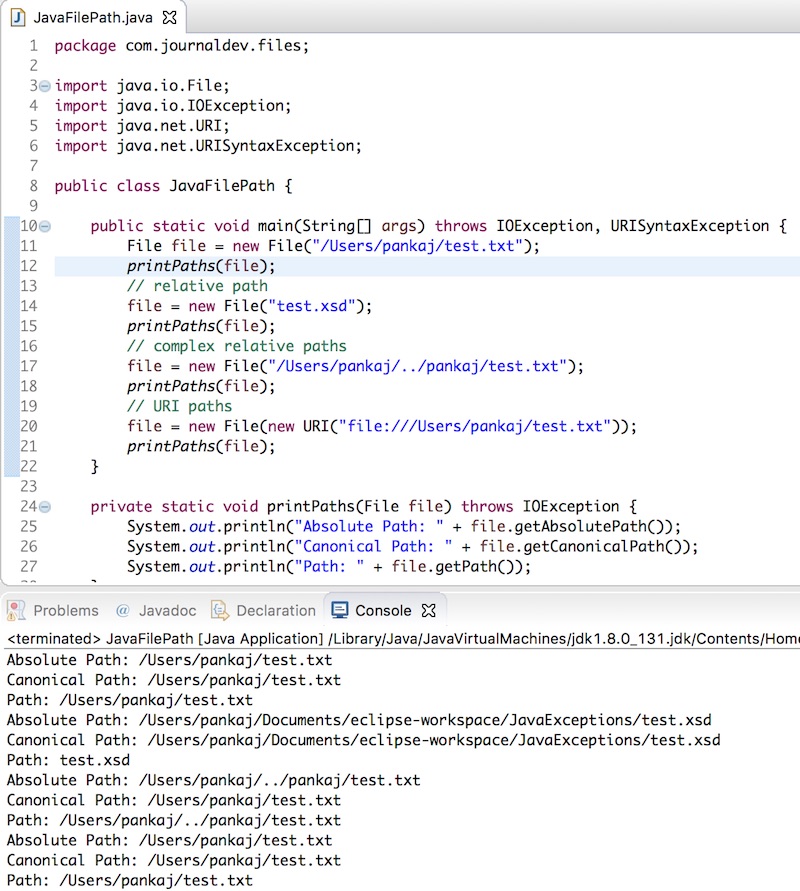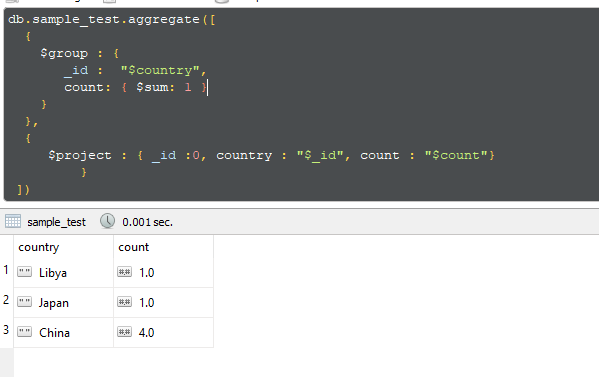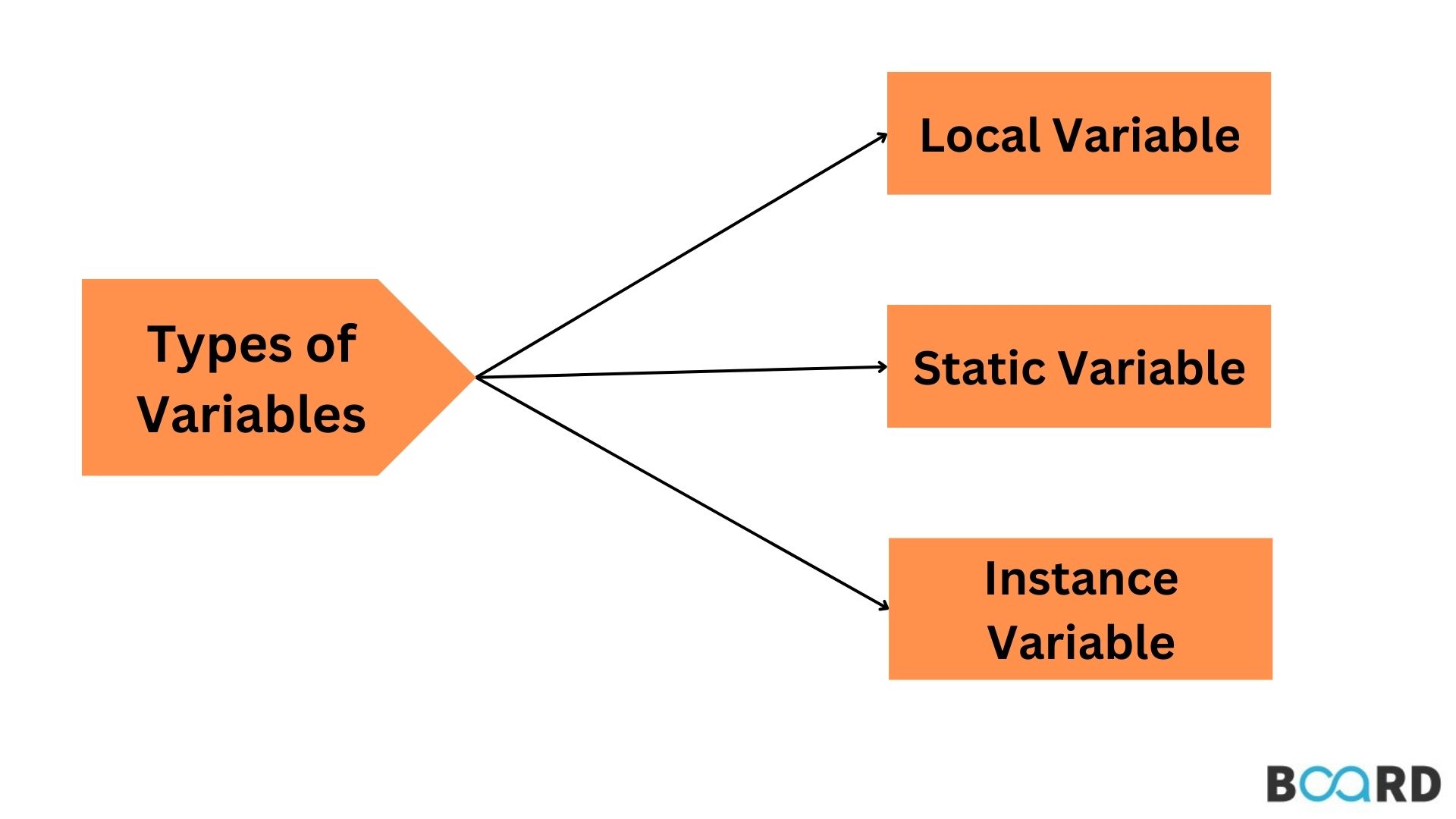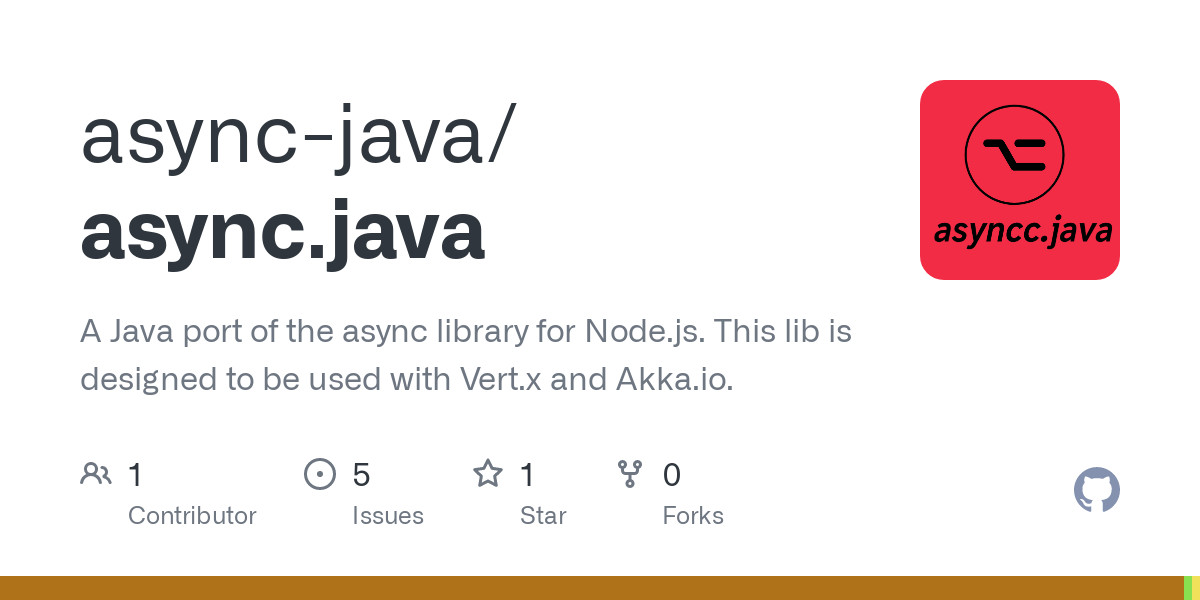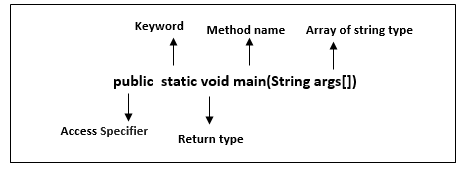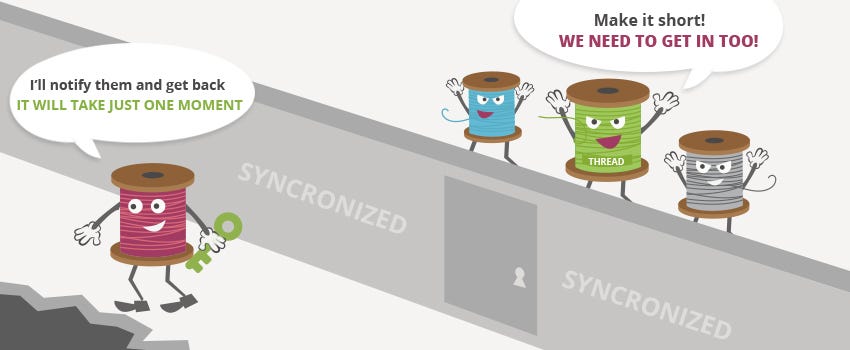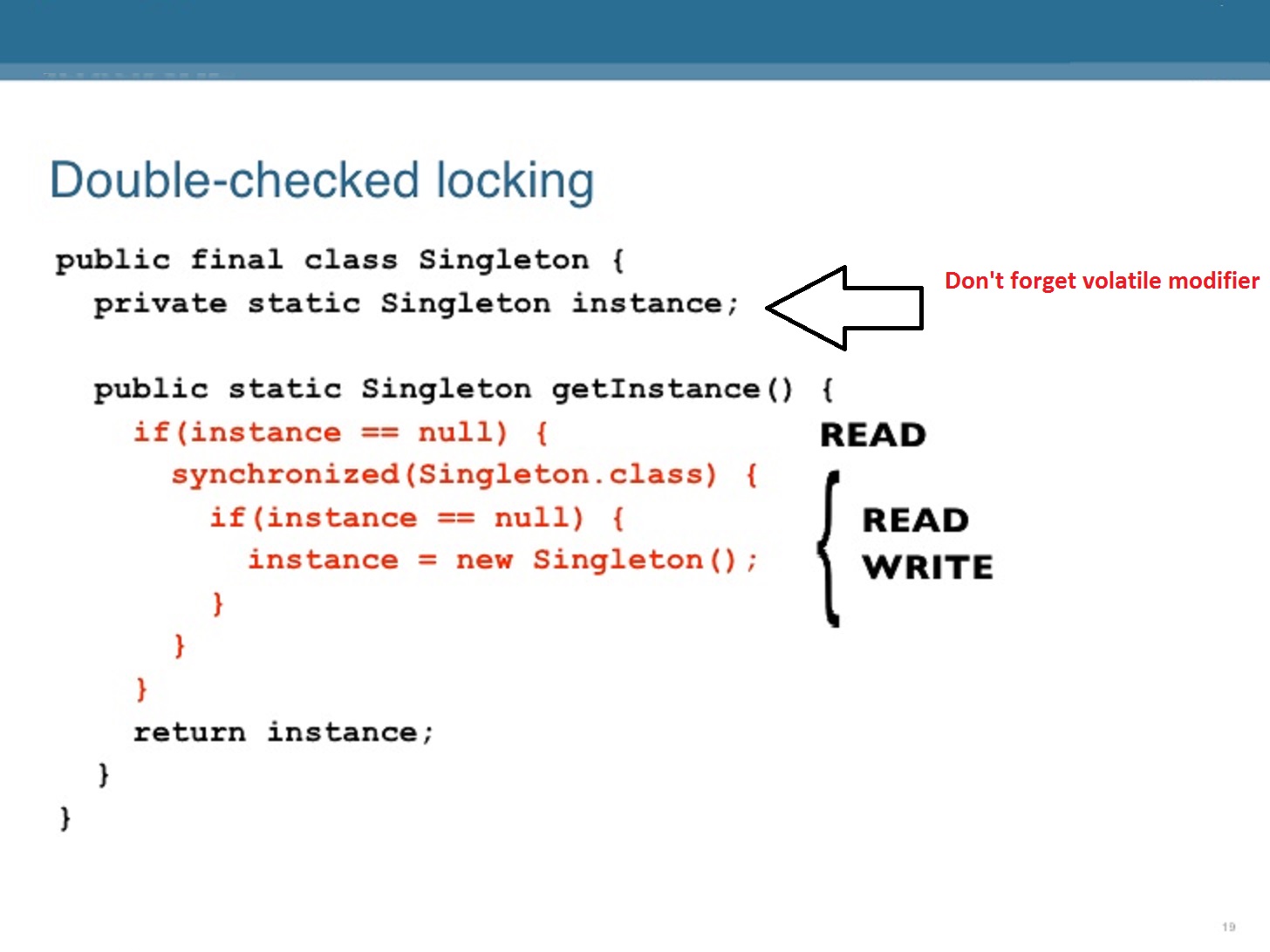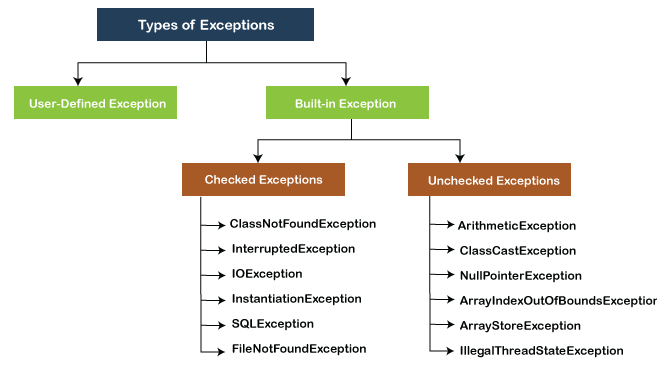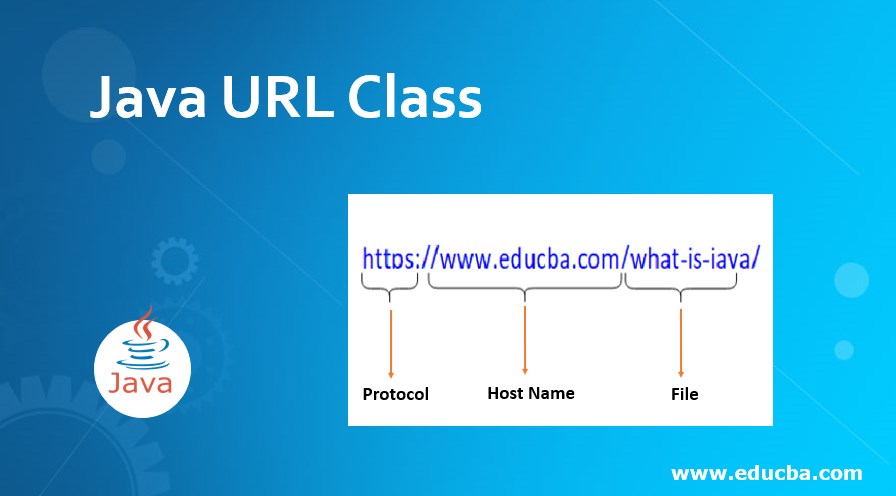Real time example of multithreading in java interview questions and answers
Real time example of multithreading in java interview questions and answers
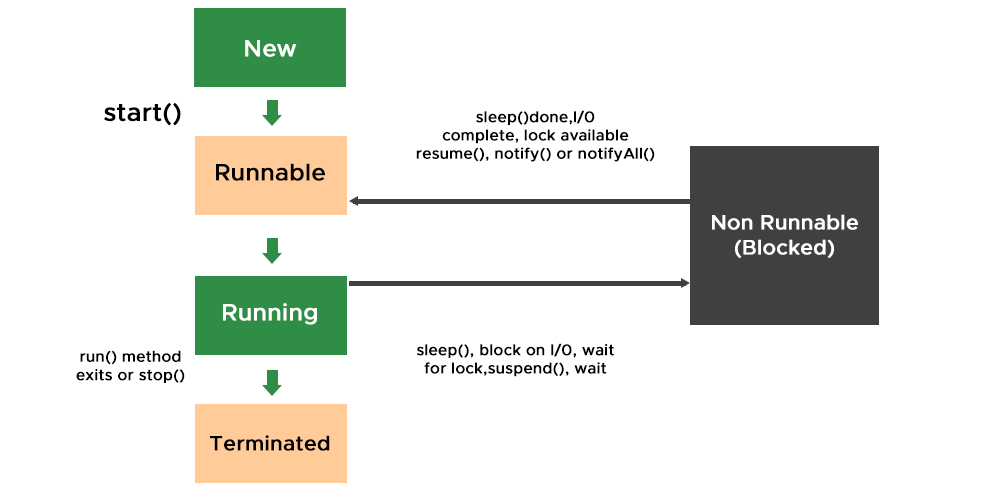
Here's an example of real-time scenario for multithreading in Java, along with possible interview questions and answers:
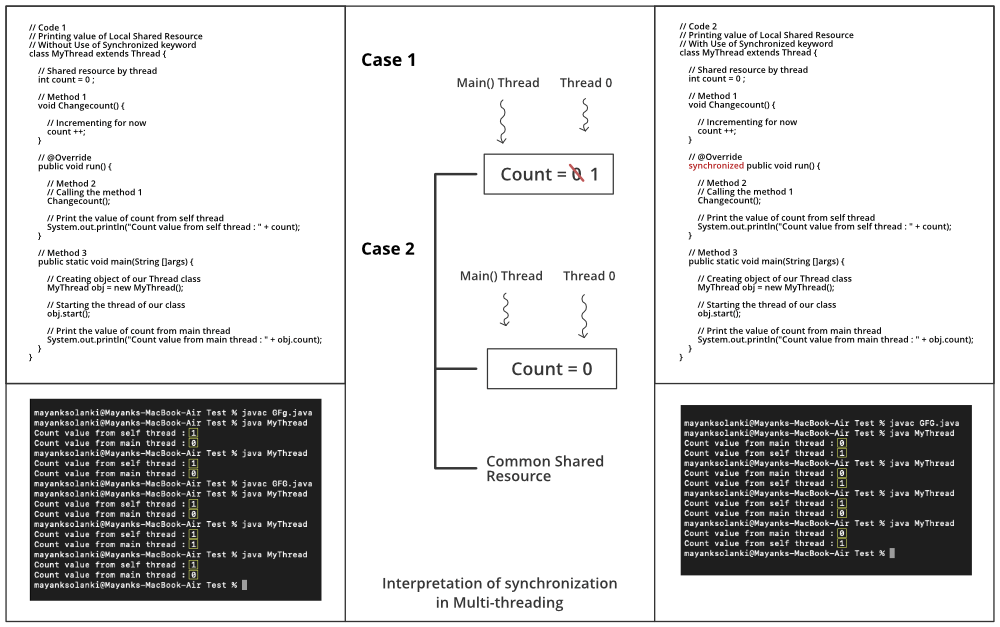
Scenario:
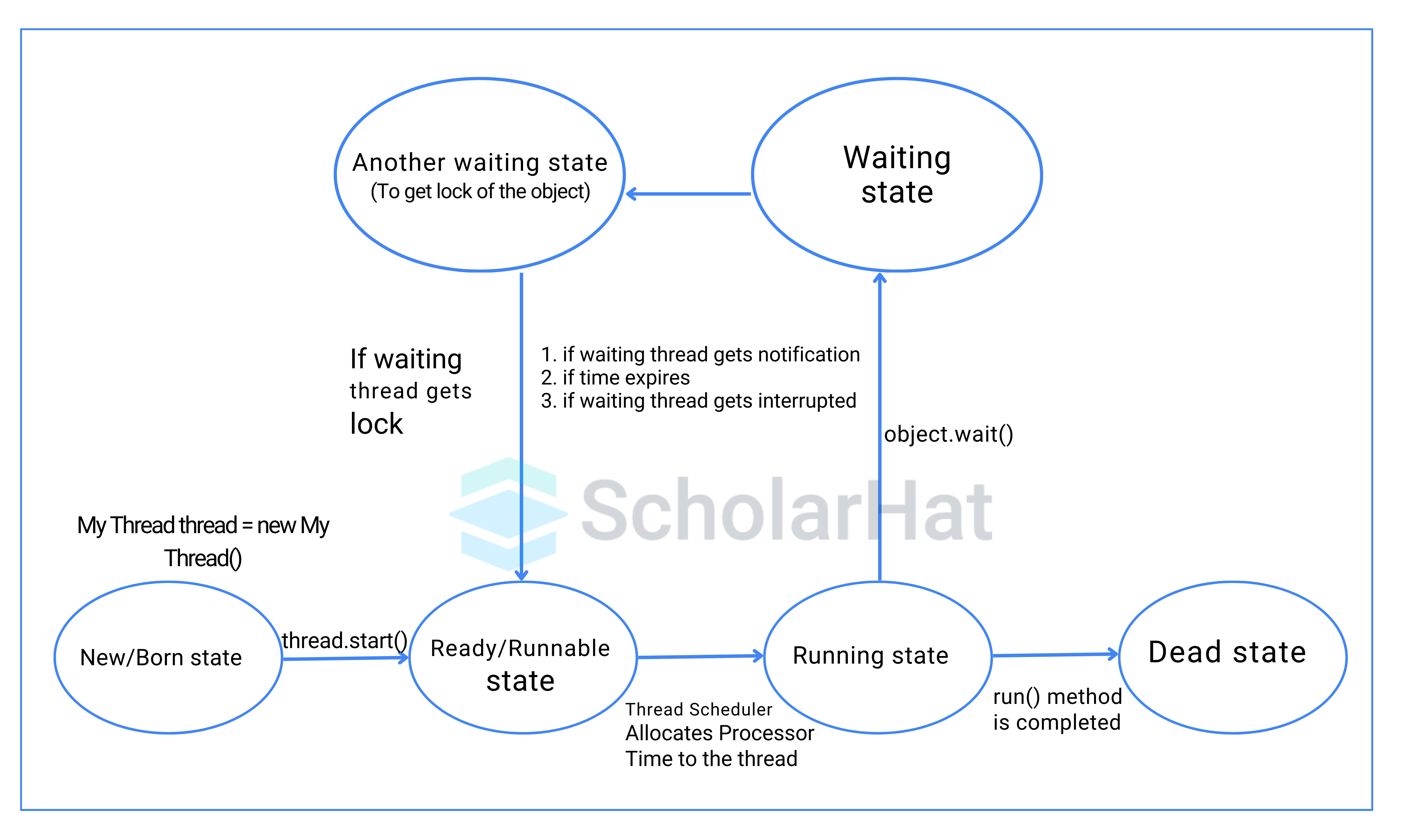
Consider a web-based e-commerce application that handles multiple customer requests simultaneously. The application needs to process orders, update inventory levels, and send confirmation emails to customers concurrently.
Java Code:
import java.util.concurrent.ExecutorService;
import java.util.concurrent.Executors;
class OrderProcessor implements Runnable {
private final ExecutorService executor = Executors.newFixedThreadPool(5);
@Override
public void run() {
// Process order (simulate database queries, API calls, etc.)
System.out.println("Order processed by thread " + Thread.currentThread().getName());
// Send confirmation email to customer
executor.submit(() -> {
System.out.println("Confirmation email sent from thread " + Thread.currentThread().getName());
});
}
}
public class MultithreadingExample {
public static void main(String[] args) {
ExecutorService executor = Executors.newFixedThreadPool(5);
for (int i = 0; i < 10; i++) {
OrderProcessor orderProcessor = new OrderProcessor();
executor.submit(orderProcessor);
}
}
}
Interview Questions:
What is the purpose of using anExecutorService in this scenario?
Answer: The ExecutorService manages a pool of threads to execute tasks concurrently, ensuring that multiple customer requests are processed simultaneously.
Answer: The JVM uses a single-threaded model for executing Java code, but it can create and manage threads using native APIs or libraries like java.lang.Thread or java.util.concurrent. Thread-safety ensures that multiple threads access shared resources (like data structures) without causing errors or inconsistencies.
Thread.sleep() and Thread.yield()? When would you use each?
Answer: Thread.sleep() makes a thread sleep for a specified duration, releasing the CPU to other threads during that time. In contrast, Thread.yield() yields control back to the scheduler, allowing another thread to run without explicitly sleeping.
ExecutorService) improve code readability and maintainability?
Answer: By abstracting low-level threading concerns into higher-level APIs, these utilities simplify concurrent programming and reduce the risk of errors related to thread management and synchronization.
Suppose a customer places an order with multiple items in their cart. How would you ensure that each item is processed (e.g., inventory update, API call) independently without affecting the overall processing time?Answer: You could use Java's Future interface to handle asynchronous operations for each item in the cart. The ExecutorService can submit tasks to execute concurrently and retrieve results using Future.get().
Answers:
These scenarios are designed to test your understanding of multithreading concepts, such as thread management, concurrency utilities, and synchronization techniques. Be prepared to answer questions that delve into the details of thread creation, execution, and interaction, as well as your experience with concurrent programming in Java.
Real time example of multithreading in java interview questions for experienced
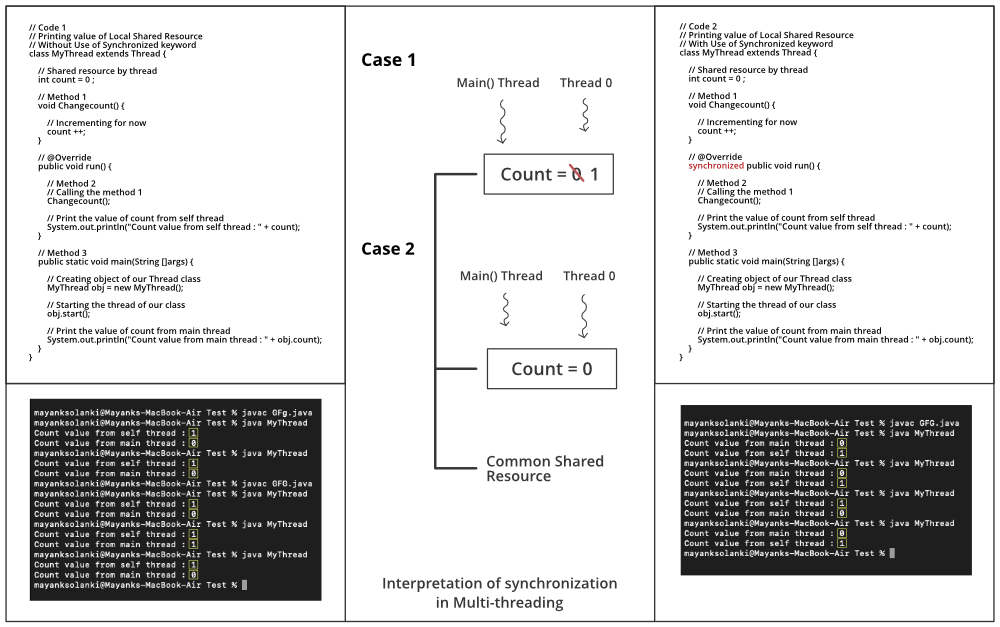
Here's an example of a real-time scenario where multithreading is crucial:
Question: Suppose you are developing an online shopping platform, and it receives millions of requests per hour from various users trying to check out or make new orders. The platform needs to process these requests efficiently without compromising on performance. How would you handle this situation in Java?
Solution:
In a scenario like this, multithreading is the perfect solution. Here's how you can use it:
Create a fixed-size thread pool: You can create a fixed-size thread pool using theExecutorService class from Java's concurrency API. This will allow you to manage a pool of threads that can be reused for processing multiple requests concurrently. Implement a task: Create a separate task (e.g., CheckoutTask or OrderProcessingTask) that handles each request. This task would take the request as input and perform the necessary operations (e.g., updating inventory, sending confirmation emails). Submit tasks to the executor service: For each incoming request, submit a new instance of the task to the executor service using its execute() method. This will schedule the task for execution by one of the threads in the pool. Handle thread timeouts and exceptions: To ensure that your platform remains responsive even under high traffic conditions, you should handle thread timeouts (e.g., when a task takes too long to complete) and exceptions that may occur during processing. Monitor and adjust the thread pool size: Monitor the performance of your platform and adjust the thread pool size as needed to optimize resource utilization.
Here's some sample code:
import java.util.concurrent.ExecutorService;
import java.util.concurrent.Executors;
public class OnlineShoppingPlatform {
private static ExecutorService executor = Executors.newFixedThreadPool(10);
public void processRequest(Request request) {
Task task = new CheckoutTask(request);
executor.execute(task);
}
// Sample task implementation
public class CheckoutTask implements Runnable {
private Request request;
public CheckoutTask(Request request) {
this.request = request;
}
@Override
public void run() {
// Perform checkout operations for the given request
}
}
}
In this example, you create a fixed-size thread pool with 10 threads using Executors.newFixedThreadPool(10). Then, you submit tasks to the executor service for each incoming request. The tasks are executed by one of the threads in the pool, allowing your platform to process multiple requests concurrently.
Benefits:
Improved responsiveness and scalability under high traffic conditions Reduced processing time due to parallel execution of tasks Easier error handling and exception managementConclusion: Multithreading is an essential concept in Java that enables you to write efficient, scalable, and responsive applications. In the context of an online shopping platform, it helps handle a large volume of requests concurrently, ensuring a smoother user experience.
(Note: This answer has been translated into Chinese.)
